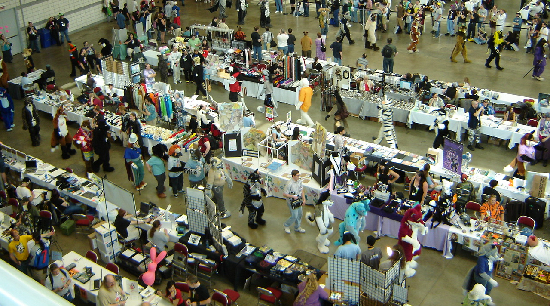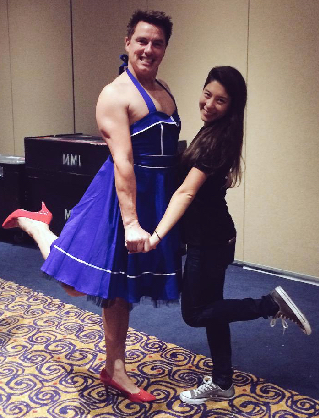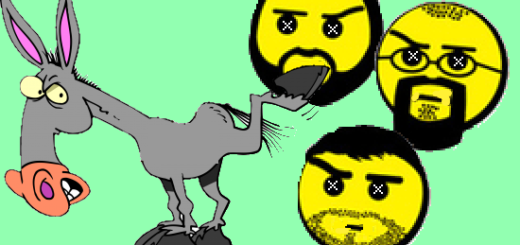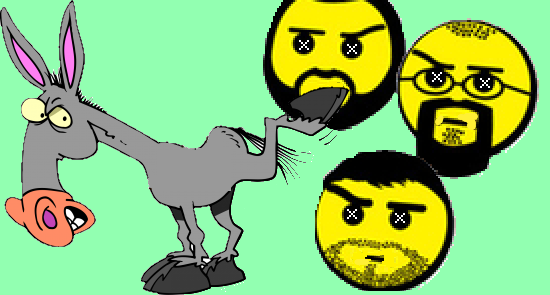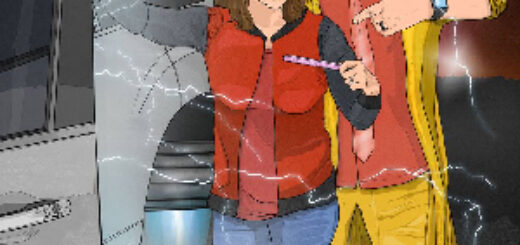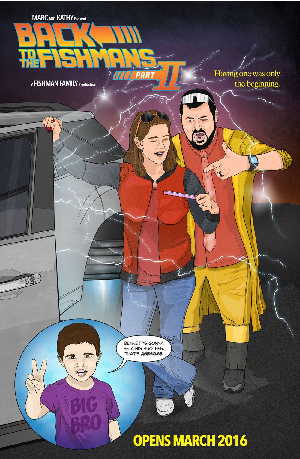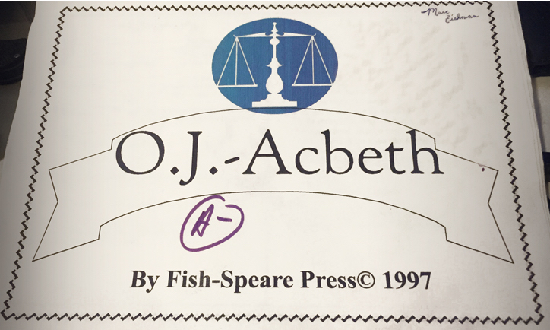Marc Alan Fishman: Autograph THIS!
Once again, retailer extraordinaire Dennis Barger is involved in some amazing debates and discussions within our industry. The last time his name came up we discussed the over-sexualization of the Powerpuff Girls. This time, it’s a far less provocative topic.
Already well-covered by Bleeding Cool, the recent plight of pencilers revolves around the cost of their signature. The debate: some well known creators charge for their autograph. Others choose not to. In choosing to be free, there are those who say this now devalues the ability for others to pluck a buck from a would-be fan. For some creators, the option to take a tithe of the nerditry is traded part-in-parcel for donations to the Hero Initiative, the CBLDF, or other worthy charities. And if any of this sounds familiar, My ComicMix compatriot Molly Jackson gave her two cents, wonderfully, earlier this week. So, the definitive question that we’re trying to figure out is… Who’s right?
Well, sadly our comic culture lives in a world no longer set in just black and white. Both sides have valid points. For those on “Team Charge!” the notion is simple: When you are able to be compensated for your nom de plume costs of attending the con are better covered. Money in one’s pocket, when the per-page rate isn’t pulling in proper piles of cash, is always preferred. And in the cases where a Sharpied autograph equals a rise in the value of the item it’s adorned on, the signature is merely an investment. Who could argue with having to pay $5, 10, or 30 dollars for a name, when it nets the owner $50, 100, or 200 more in potential payouts? No one should argue. That’s called good business. And let’s be fair: if you’re willing to part with a finsky for the signature of a Hollywood celebrity, why wouldn’t you do the same for the author a favorite comic?
What if the answer to that aforementioned rhetorical question was no? Well, you’d be in the “Team Free!” camp. And you’d be just as right as those crazy capitalists across the lake. Some creators who get their table space at these conventions are compensated to attend by their publishers or the convention promotors themselves – who know that their presence yields higher attendance. Charging a fan for a signature inflates the value of a comic sure, but it also takes money out of their pocket they might spend elsewhere in the convention.
Like at a smaller indie table, where they might give a chance to a new book they’ve never seen before. By not charging, there’s a potential butterfly effect to pay it forward within our comic community. That’s good karma. And if that signature on the book is for a retailer who turns that issue into more profit… the same karma applies. I bet the day Dennis Barger mints a hefty payday for his efforts is another day his comic shop stays open. And that in turn increases the potential for him to sell more comics to more kids. See the bigger picture?
Let’s also not forget: It takes seconds to adorn an issue with a scribble. To charge for that scribble, no matter how important you may or may not be can seen unseemly to some. Say that three times fast. If you do though, I’ll have to charge you.
Obviously it boils down to a personal choice. Some creators are too humble to charge for an autograph. Others embrace the entrepreneurial spirit. There isn’t necessarily a wrong choice here. And for those who posit that having some creators charge while others abstain unnecessarily devalues those creators who do… they aren’t wrong in thinking that. If a fan sees Neal Adams charging $30 for a signature next to Scott Snyder charging nothing but a smile? Well, some fans will scoop up a few more Court of the Owls trades and walk away with a few more shekels in their pocket. But, as with everything here, It’s their choice to do so.
Of course, this is where I should chime in, right?
In my own little swatch of ComicTopia, my name is worth spit. If someone wants it on something I created? Well, I’m damn flattered, and it comes at no increase in cost. And I can’t personally see any future where I’m not willing to sign for the same Free-Ninety-Nine I do now. Because frankly I don’t foresee any future where Marc Alan Fishman is a commodity like Neal Adams. And that’s perfectly OK by me. Subsequently as a fan, I’m not a seeker of autographs at any price. While I might be tempted to see Alex Ross or Mike Mignola scrawl their name on any of the well-kept tomes I own of theirs… I’m honestly too cheap to consider trading hard-earned disposable income over said scrawl. The opportunity cost isn’t greater than the enjoyment I’d sooner have taking the exact same money and buying more of their work at full retail. But then again, that’s just me. And because of that opinion – which many share – it’s not taking money out of another creator’s pocket. Because that money would never reach it that way over the sloppy drag of a felt tip marker. Maybe I’m missing out on some would-be profit. Or maybe I’m just not the target demo. Either way, I’m entitled to think that way.
And you can take that opinion to the bank.




